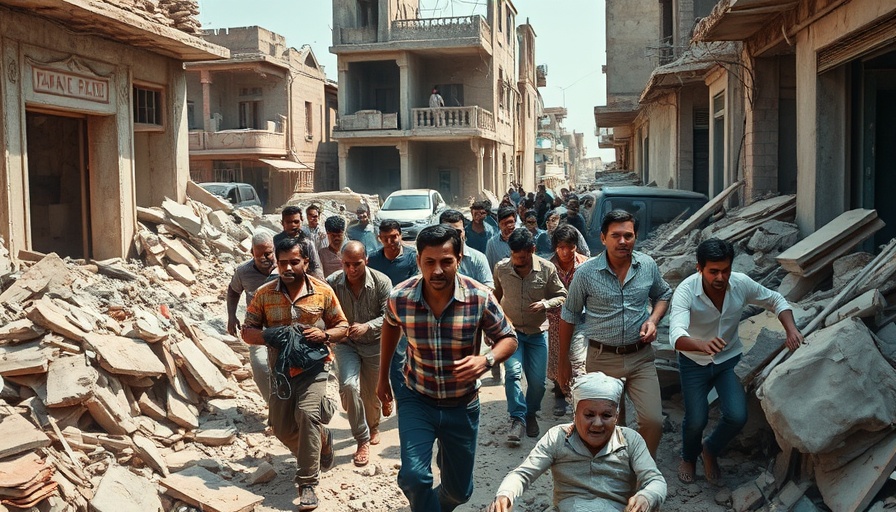
Tragic Toll on Civilians in Gaza
Over 85 Palestinians lost their lives on a tragic day in Gaza as they attempted to access vital humanitarian aid, according to officials from the Hamas-run Health Ministry. This incident marks one of the deadliest days for those seeking help amidst an enduring and destructive conflict that has lasted over 21 months. The violence underscores the severe difficulties civilians face in a war-torn region where basic necessities like food, water, and medical aid are a daily struggle.
Chaos at the Zikim Crossing
The largest number of casualties occurred near the Zikim crossing with Israel, where a combination of large crowds and heavy military presence led to chaos. Local sources indicated that around 67 Palestinians were killed while attempting to reach aid trucks that had just arrived to assist starving communities. Eyewitness accounts describe military gunfire aimed at crowds, with reports of tanks surrounding civilians and opening fire on those seeking assistance.
The Response: Voices from the Ground
Responses from the international community and local organizations highlighted outrage at the ongoing violence against civilians. The U.N. World Food Program condemned the attacks as "completely unacceptable." Eyewitness Ehab Al-Zei expressed profound despair, stating that the horrific experience has made him fear returning to the aid sites. Injured civilians like Nafiz Al-Najjar shared chilling stories of how families were targeted son the streets. The heart-wrenching accounts paint a picture of fear and desperation as families struggle to secure daily food and necessities under perilous conditions.
Military Justifications and Humanitarian Efforts
In response to these tragic events, the Israel Defense Forces (IDF) stated that they acted to neutralize perceived threats in the crowd. They emphasized that their intention was to facilitate aid's entry, while also accusing Hamas militants of exploiting aid efforts for chaos, thus endangering civilians. The conflict portrays a stark dichotomy between military actions and humanitarian needs, as voices on both sides of the issue emerge, complicating the narrative.
A Cycle of Violence
This recent spate of violence reflects a broader cycle of conflict in Gaza, where access to aid is often mired in military governance. Reports from healthcare organizations in the region indicate that efforts to distribute aid have resulted in numerous incidents of violence against non-combatants, raising the question of how effective humanitarian missions can operate under these conditions. Statistics reveal that hundreds have been killed while attempting to reach sites that should be safe havens for aid distribution.
The Human Cost of War
As international observers and humanitarian organizations work to navigate this complex landscape, civilians continue to bear the brunt of the conflict's toll. Families torn apart by loss, children witnessing violence, and communities struggling with grief are the human cost of wars that often remain far removed from political discourse. The call for accountability grows stronger as narratives of human suffering emerge from conflict zones.
Looking Ahead: A Critical Moment for Humanitarian Relations
As the situation evolves, there is an urgent need for discussions on how to ensure safe passage for humanitarian aid into Gaza without interference. The reality for those requiring support is dire, and as tensions rise, the international community continues to grapple with potential interventions. The events surrounding the latest casualties serve as a harrowing reminder of the pressing need for diplomatic solutions aimed at preventing further loss of life and restoring some semblance of normalcy in a shattered region.
In this landscape of chaos and desperation, every voice counts. It is critical for global observers to remain informed about events in Gaza, advocating for the rights and lives of those who seek nothing more than the essentials of survival. Stay tuned for more updates on this ongoing humanitarian crisis.
 Add Element
Add Element  Add Row
Add Row 



Write A Comment